Oops! Accidentally cut your pup's nail too short? It's a common mishap, but with the right tools and techniques, you can handle it with confidence. Knowing how to stop a dog's nail from bleeding is a must-have skill for any pet parent. First things first: stay calm and apply pressure. Stopping the bleeding is totally doable, whether you're dealing with a tiny bleed or something more intense.
Stick around to learn some quick and effective methods for putting an end to your dog's bleeding nail. Ready to save the day and get your dog's paw back to normal? Let's dive into the next steps.
Why Do Dog Nails Bleed? Understanding the Quick

When you trim your pet's nails too short, you can accidentally cut into a sensitive area called the "quick." This spot, which also exists in human nails, contains blood vessels, making it prone to bleeding.
The quick is the fleshy part inside the nail, and cutting it causes pain and blood flow to rush out. It can be alarming when your dog's nail starts bleeding, but it's totally fixable with the right care.
The quick can be easier to spot in clear or white nails but not in dark or black nails. Cutting the quick may be more common in the latter. Regularly trimming your pup's claws and using the proper technique can reduce the chances of hurting this sensitive area.
What Happens When You Cut a Dog's Nail Too Short?
Cutting the nail too short usually results in a painful experience for your pet. When you accidentally clip into the quick, it exposes sensitive blood vessels, causing bleeding. It's a fast but often startling injury that can leave both you and your furry friend feeling shaken.
Your pup might also experience some discomfort or sensitivity in the affected nail. It's essential to treat the bleeding promptly to avoid infection. If the bleeding doesn't stop quickly, or if your dog continues to show signs of distress, you should seek veterinary care.
Common Causes of Nail Injuries in Dogs
Nail injuries in dogs can happen for various reasons. Here are some common causes:
- Improper Nail Trimming. Cutting nails too short exposes the sensitive quick, leading to bleeding and discomfort.
- Accidental Snags. Dogs can snag their claws on rough surfaces or objects, causing tears or splits in the nail.
- Health Conditions. Certain conditions like fungal infections or metabolic diseases can weaken nails.
- Rough Terrain. Walking on hard, rough surfaces can cause a dog's nails to break or crack.
- Excessive Nail Growth. Untrimmed nails can become too long and prone to breakage or injury.
Can a Damaged Quick Repair Itself?
Yes, a damaged quick can heal over time, but it takes patience. The exposed quick will begin to clot, and the bleeding will eventually stop. As the body works to heal, the tissue in the quick will gradually regenerate. However, healing time can vary depending on the severity of the injury and how well it's managed.
To support the healing process, keep your dog's toes and nails clean to prevent infection and further injury. Avoid trimming the claws too short until the quick has fully healed. With the right care and enough time, your pup will eventually return to their regular activities.
Signs Your Dog's Nail Is Bleeding and Needs Care
It's important to recognize when your dog's nail starts bleeding, so you can act quickly to stop it. Here are the signs to look for:
- Visible Bleeding. If you notice blood coming from the nail, this is the most obvious sign that something's wrong.
- Excessive Licking or Chewing. If your pet is repeatedly licking or biting at their paw, it could mean they're feeling discomfort from the bleeding nail.
- Limping or Favoring the Paw. A dog might limp or avoid putting pressure on the affected paw to protect the injured claw.
- Swelling Around the Nail. Swelling or redness around the nail could indicate a deeper or more serious injury.
How To Stop Dog Nail Bleeding: Effective Methods
There are several effective methods to stop dog nail bleeding quickly and easily. Remedies like styptic powder, cornstarch, or a simple cotton swab can help get the bleeding under control. Keeping calm is essential during this process, as your dog will be relying on you to handle the situation smoothly.
Let's take a closer look at the most effective ways to stop your pup's claw from bleeding and prevent further injury. Keep reading to learn about some simple, fast, and safe methods to help your furry buddy heal.
Using Styptic Powder or Pencil for Fast Relief
Styptic powder or a styptic pencil is a go-to solution for stopping nail bleeding fast. You can find them at pet pharmacies or pet stores. These tools are a lifesaver for dog owners, offering quick relief and reducing the chances of further bleeding. They work by quickly clotting the blood and sealing the blood vessels in the nail.
To use styptic powder, simply apply a small amount to the affected area, applying gentle pressure with a cotton swab or your fingers. For a styptic pencil, wet the tip and gently press it onto the bleeding area for a few seconds.
Cornstarch and Baking Powder as Natural Alternatives
If you don't have styptic powder, no worries! Cornstarch and baking powder or baking soda can serve as natural alternatives. You can find these in your kitchen, making them a convenient and effective option when you're in a pinch.
These substances help clot the blood and promote healing. Simply dip a cotton pad or your dog's paw into the material, gently pressing it against the affected nail for a few moments. Remember that this method works best for minor bleeding.
Applying Pressure and Cold Compresses To Reduce Bleeding
One of the quickest and most effective ways to stop dog nail bleeding is by applying slight pressure. Press a clean cloth or a paper towel onto the affected claw. Hold it there for a few minutes until the bleeding slows down or stops. This technique reduces blood flow to the area, allowing your dog's body to form a clot.
For extra help, you can also use a cold compress to constrict the blood vessels and further reduce bleeding. Simply wrap some ice in a cloth or use a cold pack and hold it against the affected paw. Avoid applying the cold directly to the skin to prevent discomfort.
How to Comfort a Dog With an Injured Nail
Our canine companions can be sensitive to pain, especially when it involves their paws. After taking care of the bleeding, make sure to provide a calm and soothing environment. Gently petting your pup and speaking in a soft, reassuring tone can help them relax and feel secure.
Keeping Your Dog Calm During Nail Treatment
Dogs often get anxious during nail trimming or when they've suffered a nail injury. To help soothe your pup, try speaking to them in a calm, steady voice. Gently hold them and provide comfort by giving them light petting to reassure them that everything will be okay. Provide them a calm and comfortable spot to promote rest and recovery.
Natural Calming and Comfort With CBD

CBD works wonders for calming dogs, especially in stressful situations. This natural remedy may help ease nervousness, soothe discomfort, and promote relaxation. By interacting with your dog's endocannabinoid system (ECS), CBD may help regulate mood and stress levels, making it easier for them to stay calm and comfortable during treatment and recovery.
If your dog is tense or in discomfort after a nail injury, consider offering them HolistaPet's CBD Dog Treats for Anxiety, CBD Calming Soft Chews, CBD Oil, or CBD Capsules. These are gentle, effective options well-tolerated by most canines. Be sure to follow the recommended dosage for the best results.
Offering Treats and Positive Reinforcement After an Injury
Dogs thrive on positive associations, so giving them a tasty treat can help them feel more comfortable and even forget about the injury. It also encourages your pup to stay calm and cooperative during future nail trims.
You can also praise your pet with a gentle tone and give them extra cuddles, reinforcing the idea that everything is okay. This can help reduce anxiety and make the healing process smoother. Keep things upbeat, and your cherished companion will soon forget about the stressful situation.
When To Seek Veterinary Help for a Bleeding Nail
In most cases, you can manage a dog's bleeding nail at home. But there are times when veterinary help is necessary.
If the bleeding doesn't stop after applying pressure or using home remedies, it might be a sign that the injury is more serious. Additionally, if you notice swelling or excessive pain, or if your dog continues to lick or chew at the affected paw, it's time to seek professional care.
Get help if your pet shows signs of infection, such as a bad smell, redness, or discharge from the injured nail. A vet can clean the wound, prescribe medication, and make sure there are no complications. Don't hesitate to seek expert help if you're unsure or if the bleeding persists.
Preventing Dog Nail Injuries in the Future
Preventing nail injuries is the best way to avoid the stress and hassle of dealing with bleeding nails. By taking a few simple precautions, you can help protect your pup's nails and keep them healthy. Regular nail trimming and using the right tools can minimize the risk of cutting the quick or causing injury.
In the next sections, we'll discuss tips and tricks to keep your dog's claws in tip-top shape. Ready to keep those paws safe? Keep reading for the best ways to make nail care easier for you and your canine companion.
Proper Nail Trimming Techniques To Avoid Cutting the Quick
Start by using sharp, high-quality nail clippers specifically designed for pets. Make sure to trim only a small amount at a time, especially for dogs with dark nails where the quick isn't visible. Aim to trim at a slight angle, avoiding cutting too close to the nail's base.
If you're unsure, it's always safer to trim less rather than more. Gradually trim the nails over time to avoid cutting the quick. With practice and the right technique, you'll help your pooch stay safe and comfortable during nail trims.
Choosing the Right Nail Clippers for Your Dog's Nails
There are several types of nail clippers available, including scissor-style, guillotine-style, and nail grinders. Scissor-style clippers are great for larger dogs with thicker nails, while guillotine clippers are ideal for smaller dogs. Nail grinders, on the other hand, can help smooth out rough edges and reduce the risk of accidentally cutting the quick.
Pick a clipper that feels comfortable in your hand and suits your pet's size and nail type. Regularly inspect your clippers to make sure they're sharp and in good condition, as dull tools can cause splitting and more pain.
Regular Grooming Tips To Maintain Healthy Nails
Regular grooming can help keep your dog's nails in check and prevent injuries. Here are a few essential tips:
- Trim Nails Regularly. Regular trims help prevent nails from growing too long and causing issues like breakage or injury. Make sure to trim them every few weeks to keep them at the right length.
- Check for Damage. During grooming sessions, check for any cracks, splits, or signs of discomfort in the nails.
- Use a Nail File. If your pet's nails are prone to rough edges, a nail file can smooth them out and reduce the risk of snagging.
For added support, consider supplementing with HolistaPet's Skin, Coat, & Nail Soft Chews for Dogs. These chews contain essential ingredients like fish oil, aloe vera, ascorbic acid, and biotin to keep your pup's nails strong and healthy.
Final Thoughts on Stopping Dog Nail Bleeding at Home
A dog's nail injury can throw you off guard, but you can quickly get your canine companion feeling better with the right steps. Stopping dog nail bleeding at home doesn't have to be daunting. Whether you have styptic powder, cornstarch, or just a clean cloth, there are simple ways to manage it and keep your pup calm. The key is to act fast and stay composed.
And, if your furry friend's still feeling a bit jittery or sore after the ordeal, don't forget that HolistaPet's CBD for dogs may ease discomfort and promote relaxation. Treat the injury, ease their tension, and get back to those long walks with your best friend—safely and stress-free!


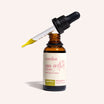
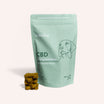
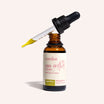
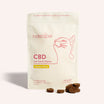
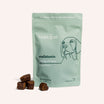
![Probiotics For Dogs [Soft Chews] - HolistaPet](http://www.holistapet.com/cdn/shop/files/Probiotic-Infographic-1_472d7a29-e30c-435a-9638-1365d8c3a9f9.jpg?v=1725384841&width=104)
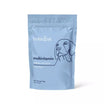
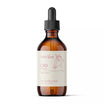

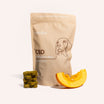
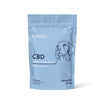


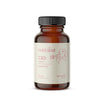
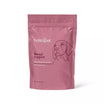
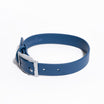
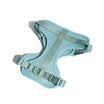
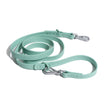
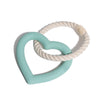
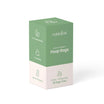
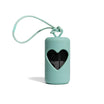

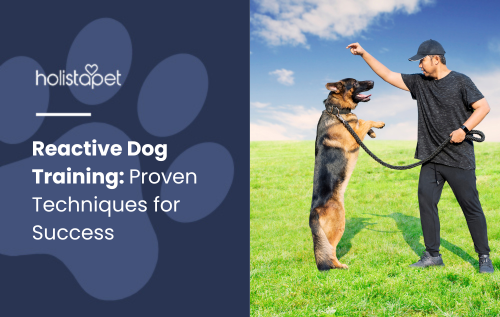
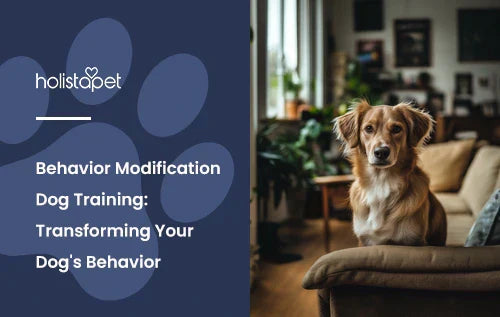
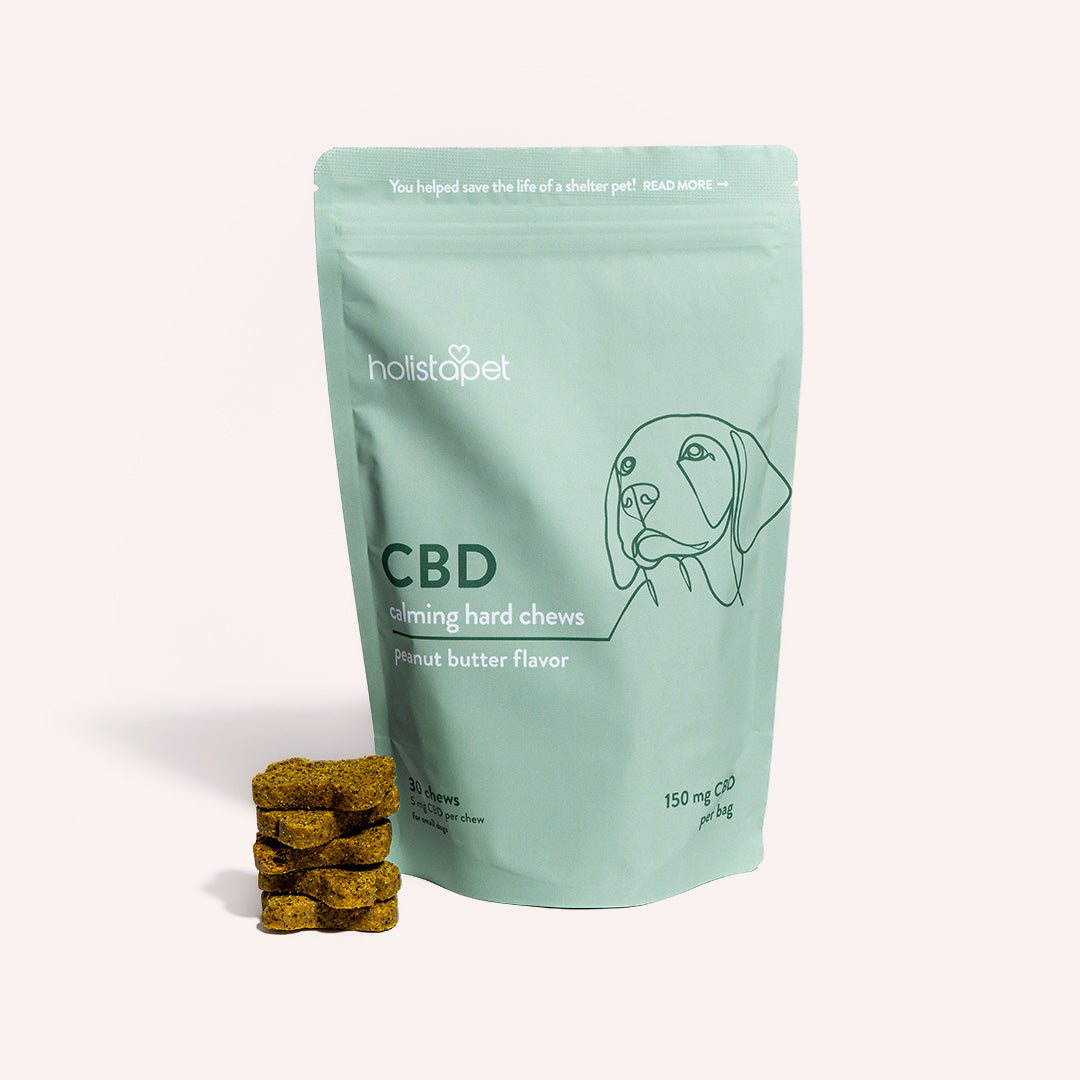

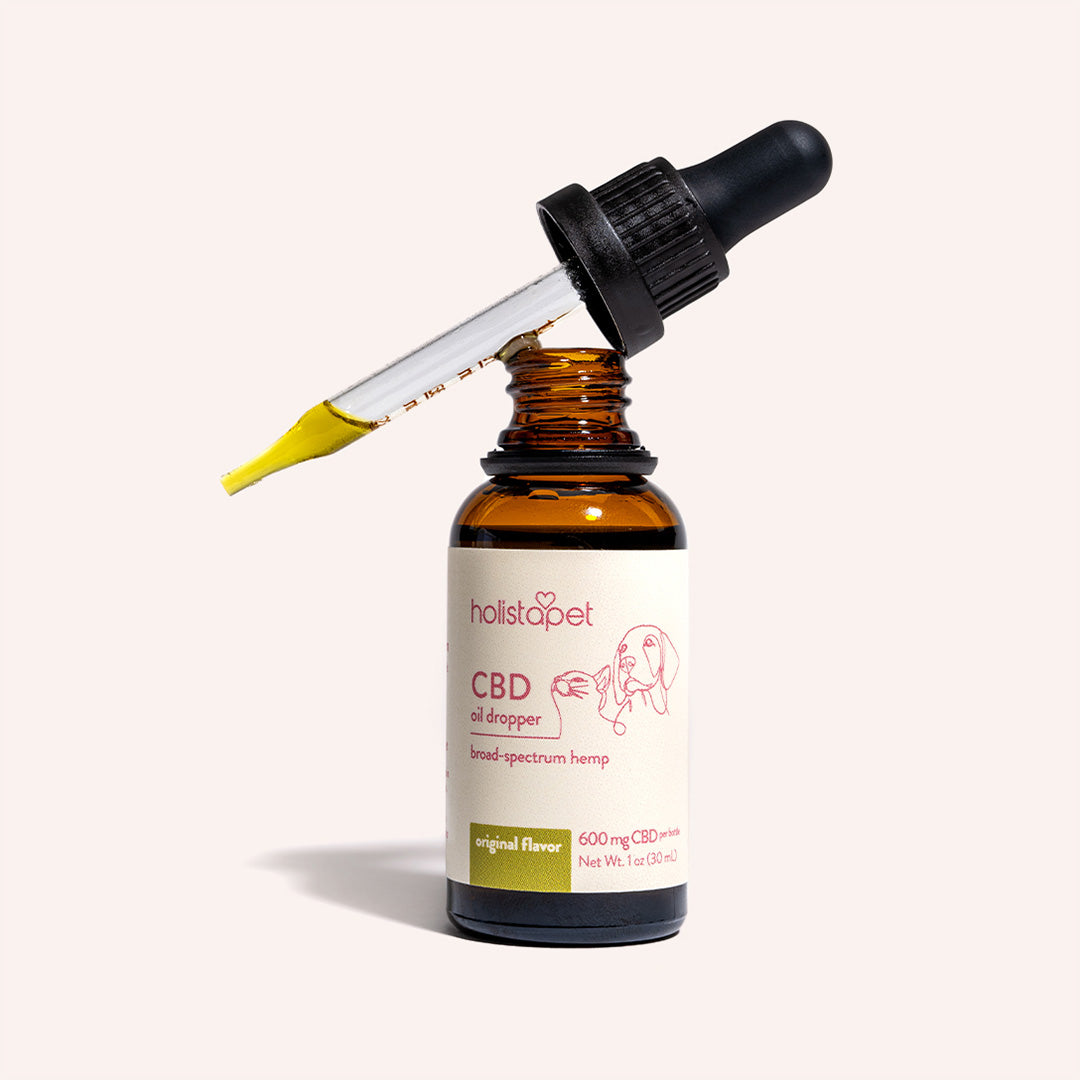
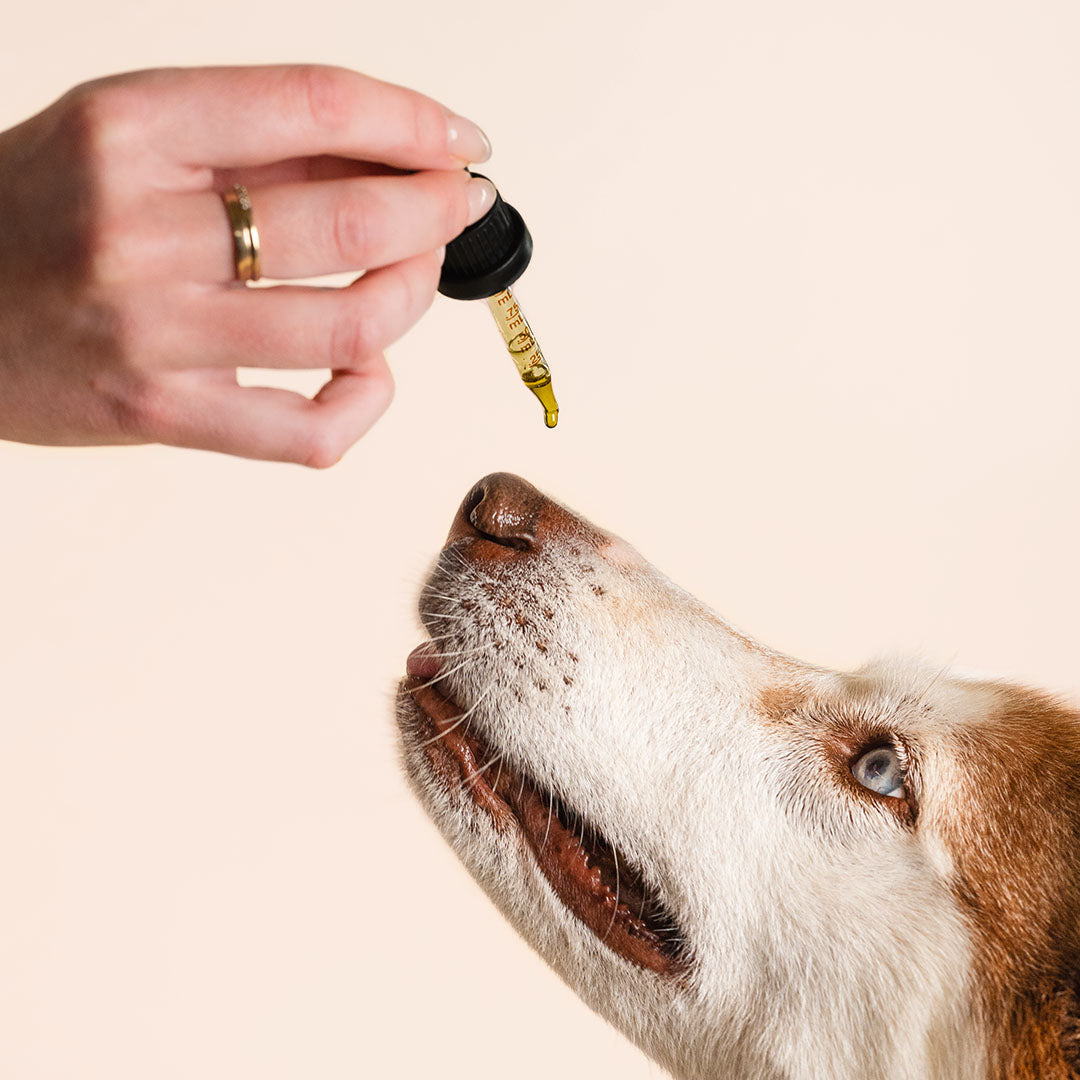

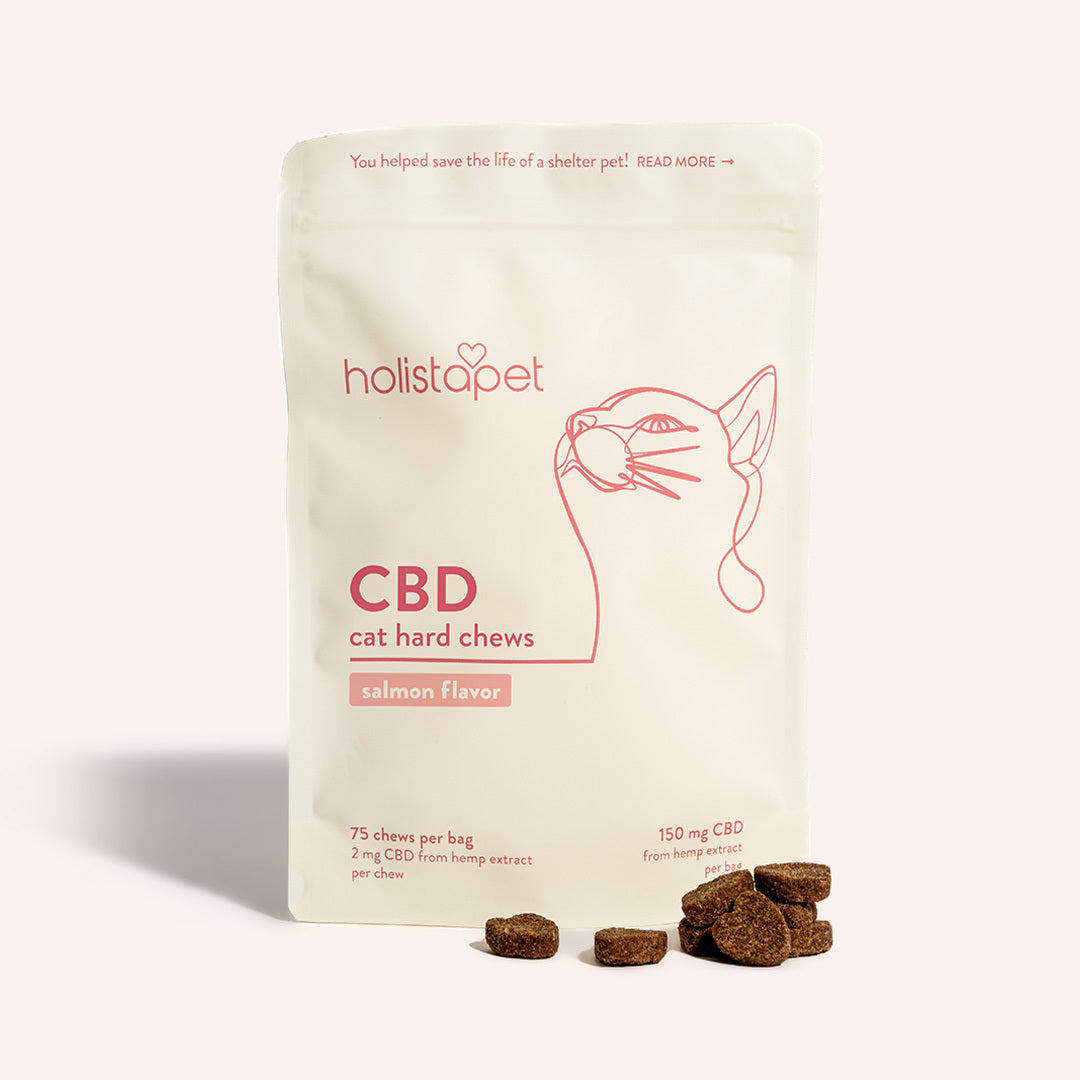
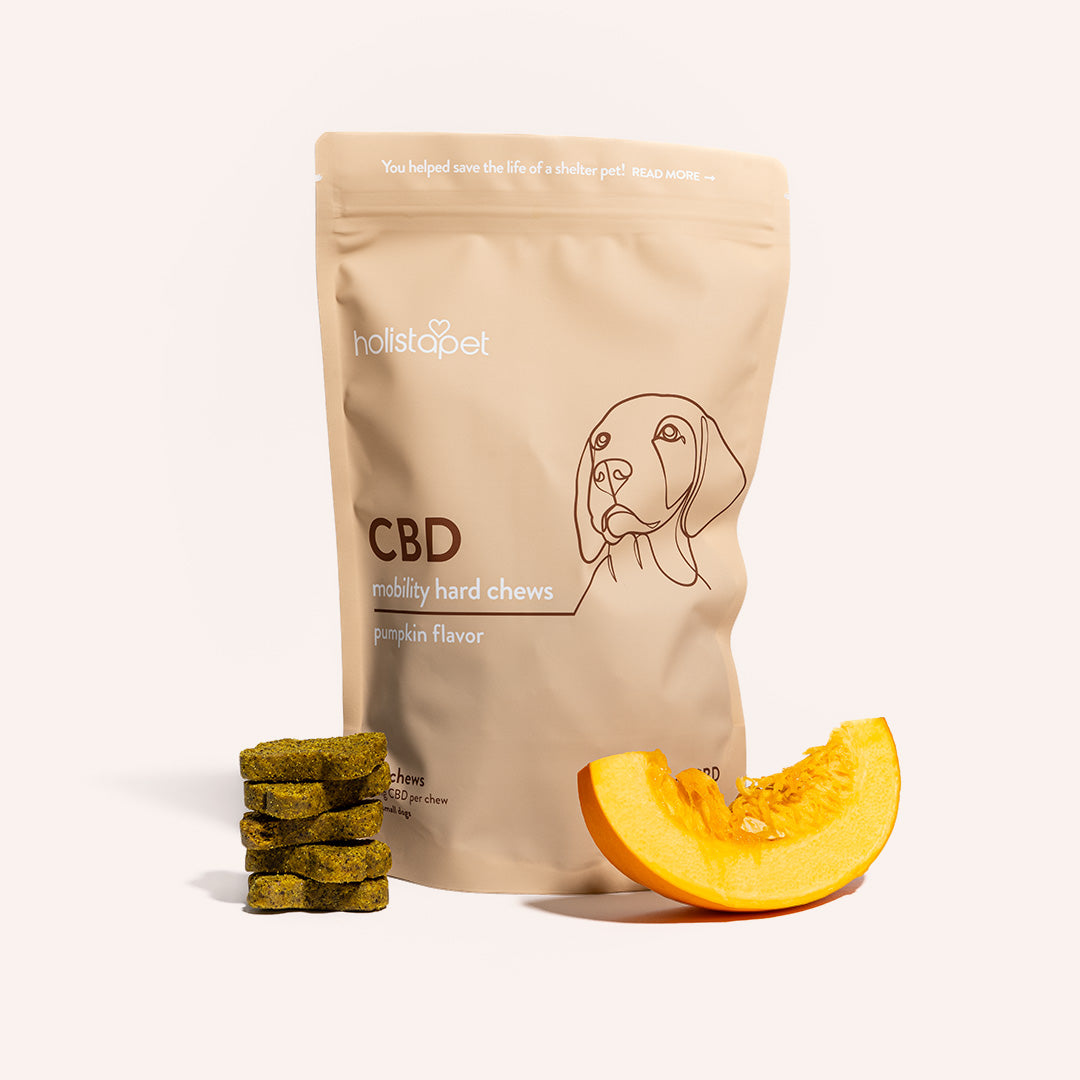


Leave a comment
All comments are moderated before being published.
This site is protected by hCaptcha and the hCaptcha Privacy Policy and Terms of Service apply.